
Tourism destinations need good product portfolio strategies to fashion out an appropriate tourism development system and/or principle as well as specialise the existing supply of the destination.
The portfolio, which is reminiscent of the existing tourism attractions and resources, must involve the establishment of essential infrastructure, facilities, and services needed to actualise the sector-specific objectives and countrywide goals of attracting high-end tourists and increased foreign exchange accruals respectively.
The basic constituent of tourism products in Ghana includes the natural environment, encapsulating landscape, climate, beaches, lakes and rivers, waterfalls, Kakum and Mole national parks, Boabeng-Fiema monkey reserve, wetlands, stilt settlement at Nzulezo, Shai Hills resources, and the Volta Lake; cultural and historical environment, including artistic, folklore, forts and castles, traditional buildings, mosques, churches, shrines, festivals (Adae Kese, Homowo, Odwira, Aboakyir, Hogbestosto, and Damba as well as music, dances, traditional attire, decorations, and artefacts); tourism human resources requirement; and built environment involving theme parks, resorts and infrastructure.
The natural environment and cultural and historical environment tourism products are arguably plentiful in Ghana and some modest gains have been made in their development and packaging for the consumption of domestic and inbound tourists.
Nonetheless, more needs to be done in the area of harmonisation, and repackaging to present compartmentalised products for tourists experience. This is because for Ghana to remain a veritable tourism destination in West African and in the world, we need to show commitments in the products and services delivered in other to motivate and win the confidence of repeat as well as high-end tourists/visitors.
Tourism human resource is another important basic element of tourism product, most times over-looked. The development of the tourism human resource, in the area of civic and cultural education, technical and professional preparation, conscientiousness and readiness to assist tourists, which is suggestive of the Ghanaian hospitality, is key to give our sector a quantum leap.
Currently, the industry's manpower is being produced by universities and colleges in the country, while public stakeholders and private sector actors' opinions are sharply divided over whether Ministry of Tourism, Arts and Culture should resource and strengthen HOTCATT to provide a one-stop-shop tourism education and training for tourism service providers.
For the purposes of effective communication, HOTCATT represents a government training establishment for developing the skills manpower of the sector, focusing on rock-bottom to middle-level tourism and hospitality training, more especially hotel and catering operations, front office and house-keeping, food and beverage service, and tour guiding.
Interestingly, HOTCATT's reconstitution (with government's approval) into an accredited National Tourism and Training Institute through a public-private partnership is either dead or yet to be implemented.
Regrettably, theme parks (amusement parks), facilities and infrastructure which constitute the built environment is woefully absent in Ghana's tourism product development. Specifically, it is difficult to cite a single theme park in our country, but somehow easy to count some 4 and 5-star hotels plus many lower star-rated ones for visitor accommodation, while the sector grapples with poor road-networks and other tourism-related infrastructure.
Theme parks, as a form of tourism product development, involve huge capital outlay since facilities are virtually man-made. The initial cost, however, should not disincentivise the establishment of one or two state-of-the-arts tourism infrastructure to start with, because the tourism industry projects globally are proven to be self-financing and any investments made on them can be paid back with revenues generated.
For the avoidance of doubt, a theme park is a combination of themed attractions involving structural design, landscape, rides, shows, food services, costumed personnel, retail shops, wildlife animals and marine life, capital intensive, highly developed, user-tailored, man-modified recreational environments.
Way Forward
The tourism sector product portfolio development is multi-faceted and multi-dimensional, requiring sustainable inputs (tourism feeder roads, energy, water, etc.) from other relevant government ministries and MMDAs.
In other to interface and woo these sister institutions, the Ministry of Tourism, Arts and Culture owes it a duty to resuscitate the Inter-ministerial Committee Meeting. Again, tourism public-private partnership forum should also be revived because it provides an opportunity for tourism practitioners from both public and private sectors to dialogue ways of developing the wide-ranging tourism products in our country for effective marketing.
The PPP can also be helpful in developing Tourism Satellite Accounts, which is a quantitative measure for tourism's diverse economic potentials, linking the sector's contributions to the National Accounts System.
It details and analyses information on tourism, including direct economic impact, accurate measurement, and comparison among other economic sectors, provides for a better understanding of the true size and tourism industry value while producing hard figures that are internationally comparable, highly reliable with quality statistics produced by official national statistical systems.
Tourism statistics without TSA is less credible and cannot accurately measure tourism contribution to GDP. Meanwhile, tourism, environment, and household accounts are external to national accounting systems and global measurement standards are needed to ensure data credibility.
The writer is a Senior Tourism Officer
Ministry of Tourism, Arts and Culture
Read Full Story

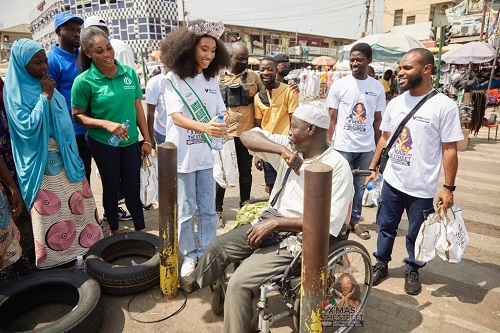

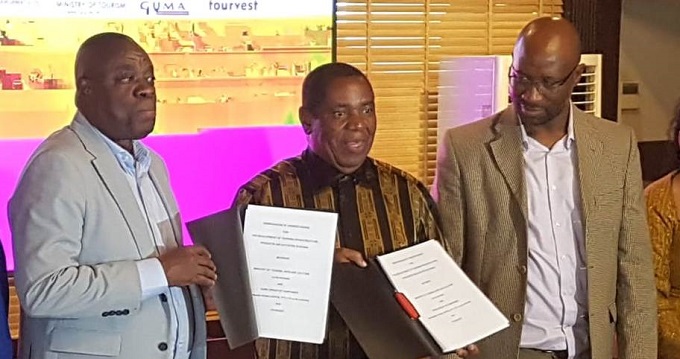



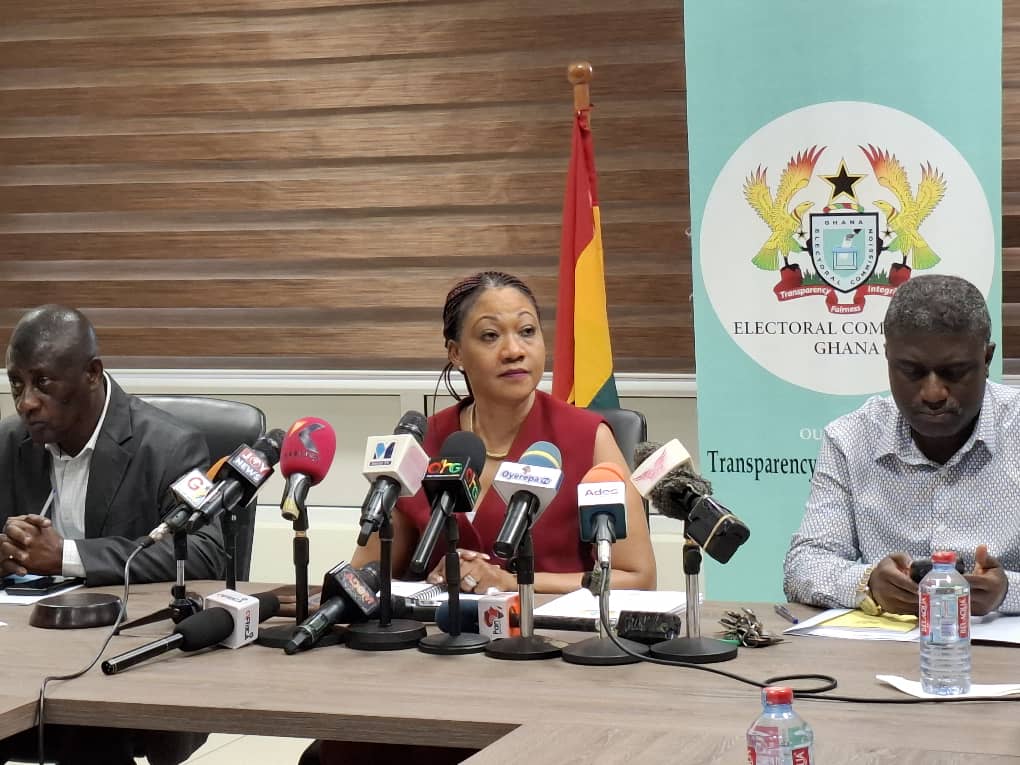
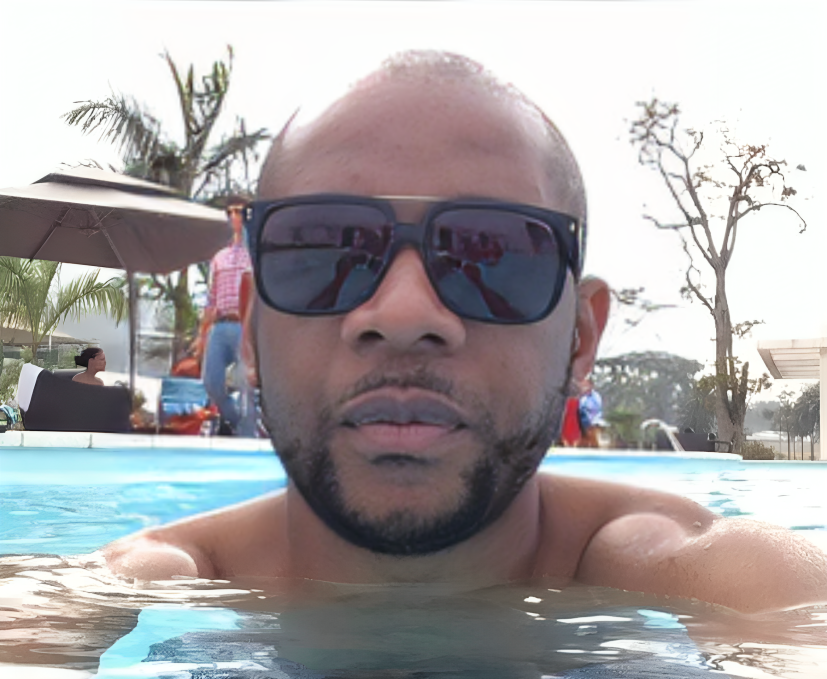
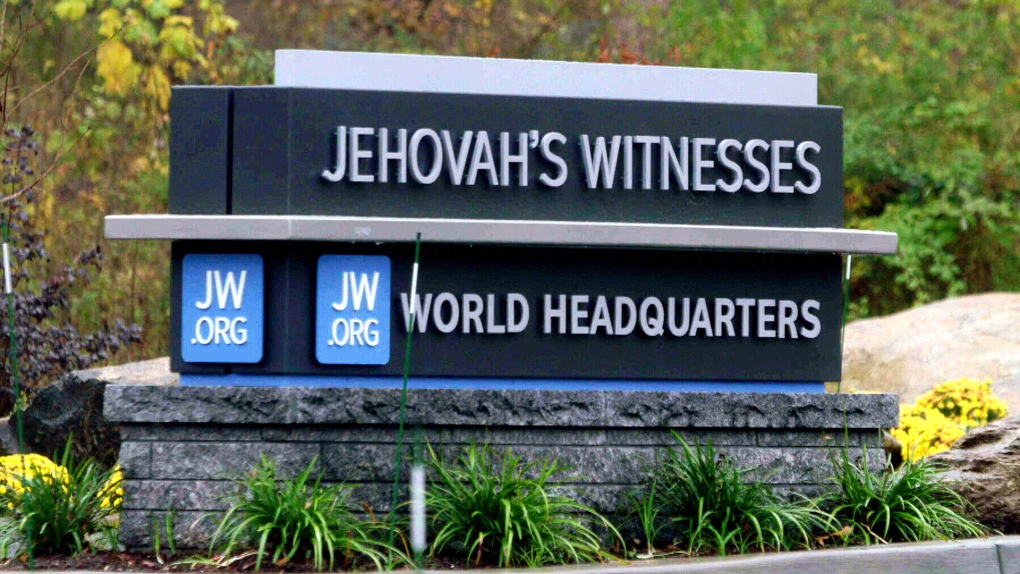


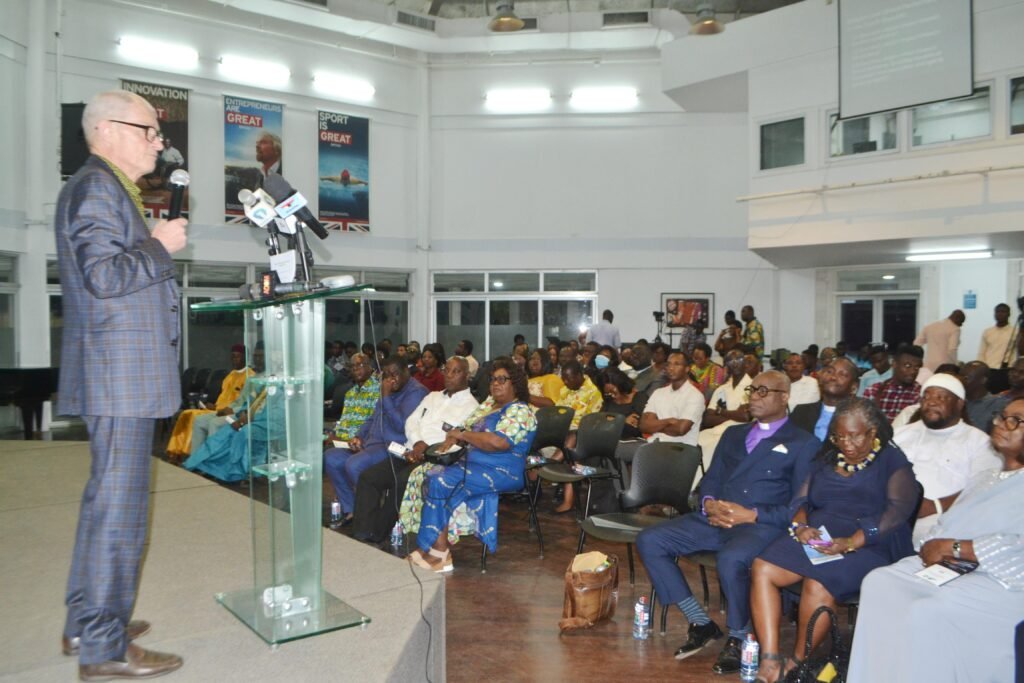

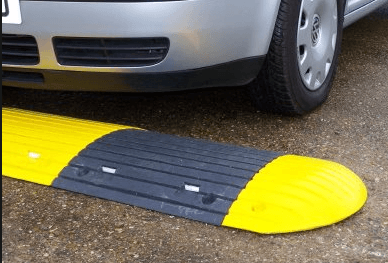



Facebook
Twitter
Pinterest
Instagram
Google+
YouTube
LinkedIn
RSS